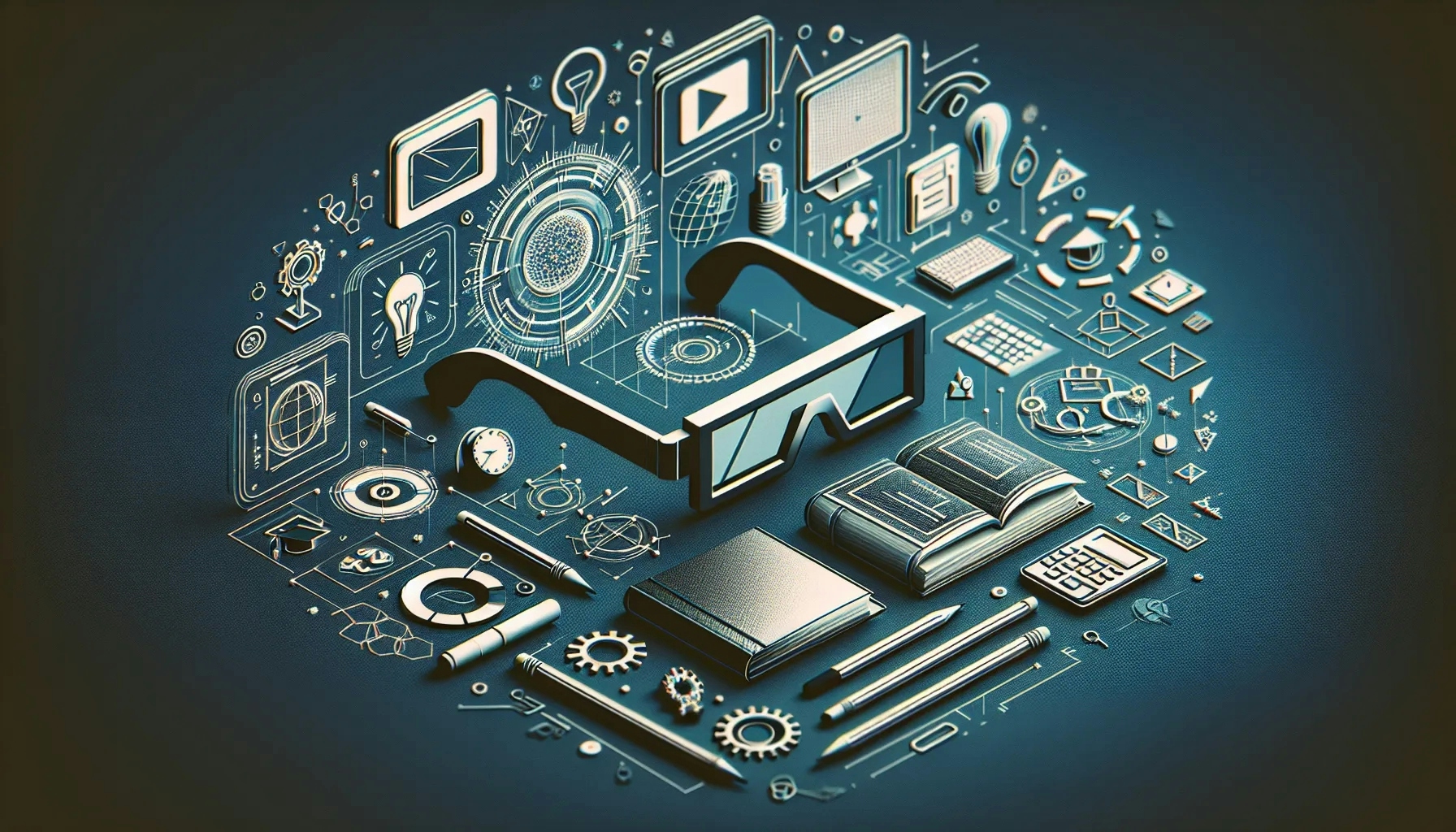Augmented Reality (AR) is no longer a futuristic concept. It's here, and it's revolutionizing the way we learn. This blog post delves into how AR is transforming education, making learning more interactive, engaging, and fun. From elementary schools to universities, AR is reshaping the learning landscape, offering immersive experiences that enhance understanding and retention.
The Emergence of AR in Education
Augmented Reality (AR) is making waves in the education sector. It's an innovative technology that overlays digital information onto the real world, creating an immersive learning experience. AR brings learning materials to life, making abstract concepts tangible and easier to understand.
In classrooms across the globe, AR is transforming traditional teaching methods. It's enabling educators to present complex ideas in a more digestible format. For instance, instead of reading about the solar system, students can now explore it in 3D through AR. This interactive approach not only makes learning more enjoyable but also enhances retention and understanding.
Moreover, AR is breaking down geographical barriers in education. With AR, students can take virtual field trips to places they wouldn't otherwise be able to visit. They can explore the pyramids of Egypt, walk on the surface of Mars, or dive into the Great Barrier Reef, all from the comfort of their classroom. This global perspective enriches their learning experience, fostering curiosity and a love for learning.
The Impact of AR on Student Engagement and Retention
One of the most significant benefits of AR in education is its impact on student engagement and retention. Traditional teaching methods often struggle to hold students' attention. However, AR's interactive nature captures their interest, making learning more engaging.
Studies show that students who learn through AR have higher retention rates. This is because AR stimulates multiple senses simultaneously, which enhances memory recall. When students interact with learning materials, they're more likely to remember the information.
Furthermore, AR caters to different learning styles. Visual learners can benefit from 3D models, while kinesthetic learners can interact with the material. This personalized approach to learning ensures that all students can benefit from AR, regardless of their preferred learning style.
The Role of AR in Special Education
AR is also playing a crucial role in special education. It's providing new ways to support students with special needs, making education more inclusive.
For students with autism, for example, AR can help improve social interaction skills. AR apps can simulate social scenarios, allowing these students to practice and improve their social skills in a safe environment.
Additionally, AR can support students with learning disabilities. It can provide visual aids to help these students understand complex concepts. For instance, students with dyslexia can use AR to visualize words and sentences, making reading easier and more enjoyable.
The Future of AR in Education
The future of AR in education looks promising. As technology continues to advance, we can expect to see even more innovative applications of AR in the classroom.
One potential development is the integration of AR with Artificial Intelligence (AI). This could lead to personalized learning experiences, where the AR content adapts to each student's learning pace and style.
Another exciting prospect is the use of AR in remote learning. With the rise of online education, AR could provide a more interactive and engaging learning experience for remote students.
Challenges and Opportunities in AR Adoption
Despite its potential, the adoption of AR in education faces several challenges. These include the high cost of AR devices, the lack of AR content for education, and the need for teacher training.
However, these challenges also present opportunities. The demand for affordable AR devices could spur technological advancements, making AR more accessible. The need for educational AR content could lead to new business opportunities for content developers. And the requirement for teacher training could lead to the development of professional development programs focused on AR.
Preparing for an AR-Driven Educational Landscape
As AR continues to reshape the educational landscape, it's crucial for educators, students, and parents to prepare for this new era of learning.
Educators need to stay updated with the latest AR technologies and learn how to integrate them into their teaching. Students need to be open to new ways of learning and be ready to engage with AR technologies. And parents need to support their children's learning journey in this AR-driven educational landscape.
Embracing the AR Revolution in Education
Augmented Reality is not just a technological fad; it's a powerful tool that's transforming education. It's making learning more engaging, inclusive, and personalized. While challenges exist in its adoption, the opportunities it presents are immense. As we move forward, embracing the AR revolution in education is not just an option; it's a necessity.

